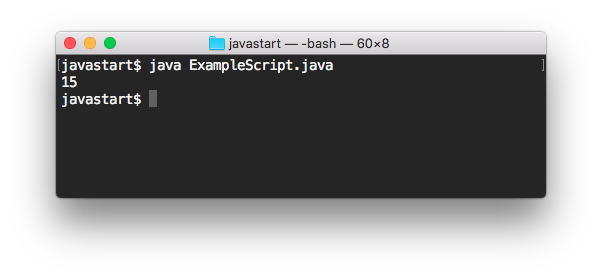

They were previously disabled in the default configuration but are now also disabled in the profile configuration to reduce the overhead further. Events jdk.ObjectAllocationInNewTLAB and jdk.ObjectAllocationOutsideTLAB also detail memory allocations, but have comparatively higher overhead. The event is enabled in both the default and profile configurations, with a maximum rate of 150 and 300 events/s, respectively.

Hotspot/jfr ➜ New jdk.ObjectAllocationSample Event Enabled by DefaultĪ new JFR event, jdk.ObjectAllocationSample, is introduced to allow always-on, low-overhead allocation profiling. The descriptions also identify potential compatibility issues that you might encounter when migrating to JDK 16. This document includes descriptions of those new features and enhancements that are also changes to the specification. Another source of information about important enhancements and new features in Java SE 16 and JDK 16 is the Java SE 16 ( JSR 391) Platform Specification, which documents the changes to the specification made between Java SE 15 and Java SE 16. It includes a complete implementation of the Java SE 16 Platform and additional Java APIs to support developing, debugging, and monitoring Java applications. The APIs described here are those that are provided with the Oracle JDK. In some cases, the descriptions provide links to additional detailed information about an issue or a change. This section describes some of the enhancements in Java SE 16 and JDK 16. What's New in JDK 16 - New Features and Enhancements For more information, refer to Timezone Data Versions in the JRE Software. JDK 16 contains IANA time zone data version 2020d. See CSRs Approved for JDK 16 for the list of CSRs closed in JDK 16 and the Compatibility & Specification Review (CSR) page on the OpenJDK wiki for general information about compatibility.
#Java 16 released code
Source: Source compatibility preserves the ability to compile existing source code without error.īinary: Binary compatibility is defined in The Java Language Specification as preserving the ability to link existing class files without error.īehavioral: Behavioral compatibility includes the semantics of the code that is executed at runtime. The Kinds of Compatibility page on the OpenJDK wiki identifies three types of potential compatibility issues for Java programs used in these descriptions: The descriptions on this Release Note page also identify potential compatibility issues that you might encounter when migrating to JDK 16.

You should be aware of the content in that document as well as the items described in this page. The Java SE 16 Editions contain all corrections and clarifications made since the Java SE 15 Editions, as well as additions for new features. Informative background for these changes may be found in the list of approved Change Specification Requests for this release.Īnnex 3: Java SE 16 Editions of The Java Language Specification and The Java Virtual Machine Specification. The Java SE 16 ( JSR 391) specification provides links to:Īnnex 1: The complete Java SE 16 API Specification.Īnnex 2: An annotated API specification showing the exact differences relative to Java SE 16. This page does not duplicate the descriptions provided by the Java SE 16 ( JSR 391) Platform Specification, which provides informative background for all specification changes and might also include the identification of removed or deprecated APIs and features not described here. These notes describe important changes, enhancements, removed APIs and features, deprecated APIs and features, and other information about JDK 16 and Java SE 16. Differences Between Oracle JDK and Oracle's OpenJDK.What's New in JDK 16 - New Features and Enhancements.


 0 kommentar(er)
0 kommentar(er)
